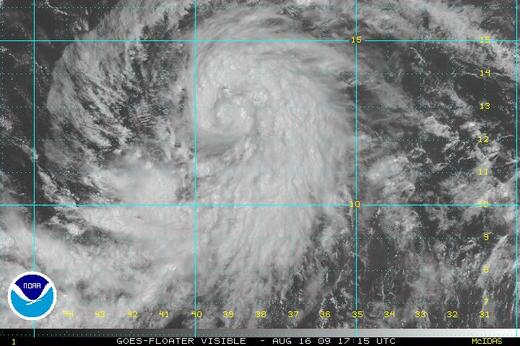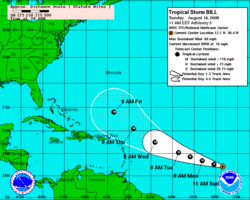Since Friday, I have traded emails with Ed Rappaport, director of the National Hurricane Center down in South Florida. He responded after I sent an email to two of his forecasters.
I was upset… No, I was livid the National Hurricane Center had decided to stop tracking and issuing bulletins and forecasts on Hurricane Noel Friday at 5:00 PM.
I’ve attached their final forecast discussion below. Two things to note. First, when they stopped their forecasting, Noel had already begun to take on non-tropical characteristics.
THE AIRCRAFT DATA ALSO INDICATED THAT NOEL STILL DISPLAYED A WARM CORE AND A FAIRLY TIGHT RADIUS OF MAXIMUM WINDS. SINCE THEN…THE INNER CORE CONVECTION HAS SUBSTANTIALLY DIMINISHED AND IS NOW INSUFFICIENT TO QUALIFY NOEL AS A TROPICAL CYCLONE. IN ADDITION…THE FSU CYCLONE PHASE SPACE DIAGRAM SUGGESTS THAT NOEL’S THERMODYNAMIC STRUCTURE IS BEGINNING TO BECOME ASYMMETRIC AND FRONTAL. THUS THIS WILL BE THE LAST NOEL ADVISORY.
Second, and much more importantly. Noel was going to get stronger!
BAROCLINIC FORCING SHOULD FURTHER INTENSIFY NOEL AS AN EXTRATROPICAL CYCLONE AS IT ACCELERATES TOWARD THE NORTH-NORTHEAST. ALL OF THE GLOBAL MODELS BOTH DEEPEN THE CYCLONE AND EXPAND THE HIGH WIND AREAS.
From a purely meteorological standpoint, NHC was correct. Noel was no longer a tropical system. They cover tropical systems – period.
That misses the point. The Hurricane Center’s job is to protect lives, not be meteorological purists.
When they stopped issuing forecasts, advisories, bulletins and maps, the job moved to the local forecast offices, like Taunton, MA and Upton, NY. Those offices have very capable forecasters (some of whom I’ve known for two decades).
Again, that’s missing the point.
By changing Hurricane Noel to an unnamed extratropical low, NHC signaled a diminished threat to the untrained public. That just wasn’t so.
There is already enough concern for public perception that the term “minimal hurricane” is no longer used in public bulletins.
Public safety officers, emergency managers and even broadcast meteorologists know exactly when and where to get data on tropical systems. It is specific and very different data than any other forecast product we get. The data from the local offices is totally different.
In the case of broadcasters, we all have equipment which automatically produces maps as the Hurricane Center’s data comes in! When that stopped, the ability to produce the most compelling and illuminating maps stopped. These maps made the case Noel meant business.
Based on the response I received from the director, I wonder if a “Hurricane of ’38” scenario would also see the Hurricane Center back off!
Something’s got to be done. That’s the bad news. The good news is, these are very bright people. I hope they find a way to change their policies before someone gets hurt.
Continue reading “My Beef With The Hurricane Center”

















